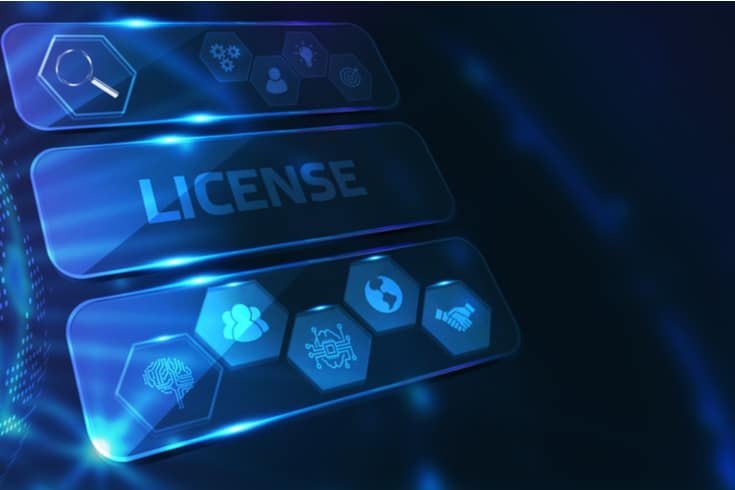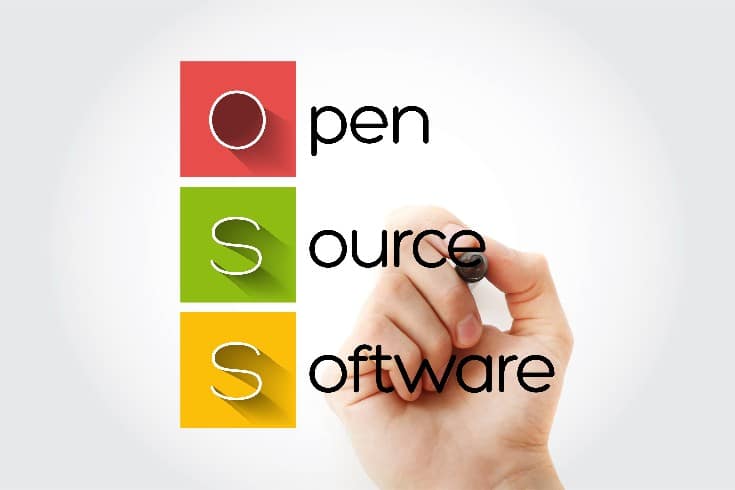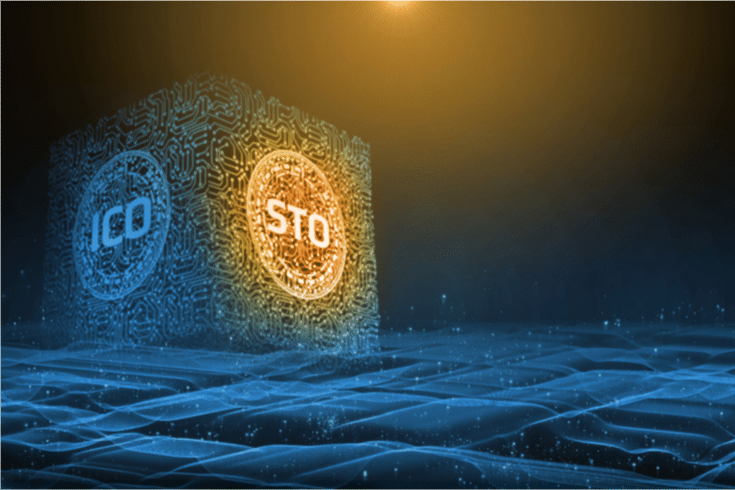Requirement of License Display when Using AGPL's Open Source Only on the Server Side

The internet has become an indispensable part of our lives, with software being utilized in various aspects.
When using software, it is necessary to comply with the software license if you are using software developed by others.
There are various types of software licenses, but in this article, we will explain whether a license display is necessary when developing your own product using AGPL software, targeting those in IT-related companies.
What is AGPL?
AGPL, or Affero General Public License, is a software license for free software, particularly suitable for server software.
AGPL is an abbreviation for GNU Affero General Public License, and it is also sometimes referred to as Affero GPL or Affero License.
History of AGPL
There was an issue with the GPLv2, a free software license created by Richard Stallman, where the copyleft clause (copyleft is a concept related to copyright, which allows free use of copyrighted works and also allows free use of derivative works) was not applicable to Application Service Providers (ASPs).
To solve this issue, Affero, Inc. established AGPLv1 in March 2002.
Later, on November 19, 2007, the Free Software Foundation established AGPLv3.
Both AGPLv1 and AGPLv3 have the feature that the copyleft clause can be applied even to ASPs.

What is Ghostscript?
Ghostscript is a software under AGPLv3.
Ghostscript refers to an interpreter for page description languages such as PostScript and Portable Document Format (PDF) developed by Adobe, and software packages created based on it.
In this article, we will use Ghostscript, a software under AGPLv3, as an example to explain whether or not a license display is necessary when developing your own product using Ghostscript, even when it is used only on the server side.
Necessity of License Display under AGPLv3
Under AGPLv3, if the use of the software falls under “conveyance”, a license display is required.
This “conveyance” refers to an act that enables a third party to reproduce or receive a copy, and is considered to be a concept similar to the following Article 2, Paragraph 1, Item 19 of the Japanese Copyright Law.
Nineteen Distribution
Regardless of whether it is for profit or not, it refers to the act of transferring or lending a copy to the public, and in the case of a film work or a work reproduced in a film work, it includes the act of transferring or lending a copy of the film work with the intention of presenting these works to the public.
So, is a license display necessary even when the software is used only on the server side?
If the use of the software falls under “conveyance”, even if the software is not used on the user side and is only used on the server side, it is considered necessary to display the license because the use falls under “conveyance”.

Does Developing Your Own Product Using Ghostscript Constitute ‘Conveyance’?
As mentioned above, if the use of software falls under ‘conveyance’, a license display is required even when the software is used only on the server side.
Therefore, we will examine whether developing your own product using Ghostscript, even when used only on the server side, constitutes ‘conveyance’.
Reasoning for Not Considering it as ‘Conveyance’
The reasoning for not considering it as ‘conveyance’ could be as follows:
Firstly, the purpose of requiring an AGPLv3 license display is to prevent users who have received ‘conveyance’ from being unfairly subjected to restrictions by AGPLv3 without knowing that AGPLv3 is being used.
From this perspective, if users are not subjected to restrictions by AGPLv3, a license display may not necessarily be required.
Considering Ghostscript, the Ghostscript itself, which operates to generate JPEG images for displaying or downloading PDFs on websites, etc., is not something that users receive.
Also, users are not subjected to any restrictions by AGPLv3.
Therefore, since users are not subjected to any restrictions by Ghostscript and it does not contradict the purpose of requiring an AGPLv3 license display, it could be argued that it does not constitute ‘conveyance’, and a license display is not necessary when developing your own product using Ghostscript.
Reasoning for Considering it as ‘Conveyance’
On the other hand, the reasoning for considering it as ‘conveyance’ could be as follows:
As mentioned earlier, if the use of software constitutes ‘conveyance’, a license display is required even when the software is not used on the user side and is only used on the server side.
Emphasizing the need for a license display even when the user is not using it, it could be argued that a license display is necessary even when Ghostscript itself is not something that users receive.
Currently, there is no established view on whether a license display is necessary when AGPLv3 is used only on the server side, and there is a dispute over this issue. However, looking at the current state of the discussion, the view that it constitutes ‘conveyance’ and a license display is necessary seems to be slightly dominant.
Therefore, even when used only on the server side, it could be argued that developing your own product using Ghostscript constitutes ‘conveyance’ and a license display is necessary.

Conclusion
Considering the two perspectives above, we can draw the following conclusion:
When developing your own product using Ghostscript, it would be less risky under the current state of discussion to take measures such as attaching a link so that users can check the contents of AGPLv3 and making the source code of Ghostscript viewable.
Summary: License Display Considerations in AGPL Software Needs Specialized Legal and IT Knowledge
We have discussed whether it is necessary to display a license when using AGPL software to develop your own product, even if it is only used on the server side.
Regarding AGPLv3, there is no established view on whether a license display is necessary when it is only used on the server side. However, as an IT-related company, it is considered appropriate to take the least risky approach.
Since this field requires not only legal knowledge but also knowledge related to IT, we recommend consulting with a lawyer who has specialized knowledge.
Guidance on Measures by Our Firm
Monolith Law Office is a legal office with high expertise in both IT, particularly the internet, and law. In recent years, violations of the Japanese Prize Indication Law, such as false advertising on the internet, have become a significant issue, and the need for legal checks is increasingly growing. Our firm analyzes the legal risks associated with businesses that have already started or are about to start, based on various legal regulations, and aims to legalize them as much as possible without stopping the business.
Category: IT
Tag: ITSystem Development





















